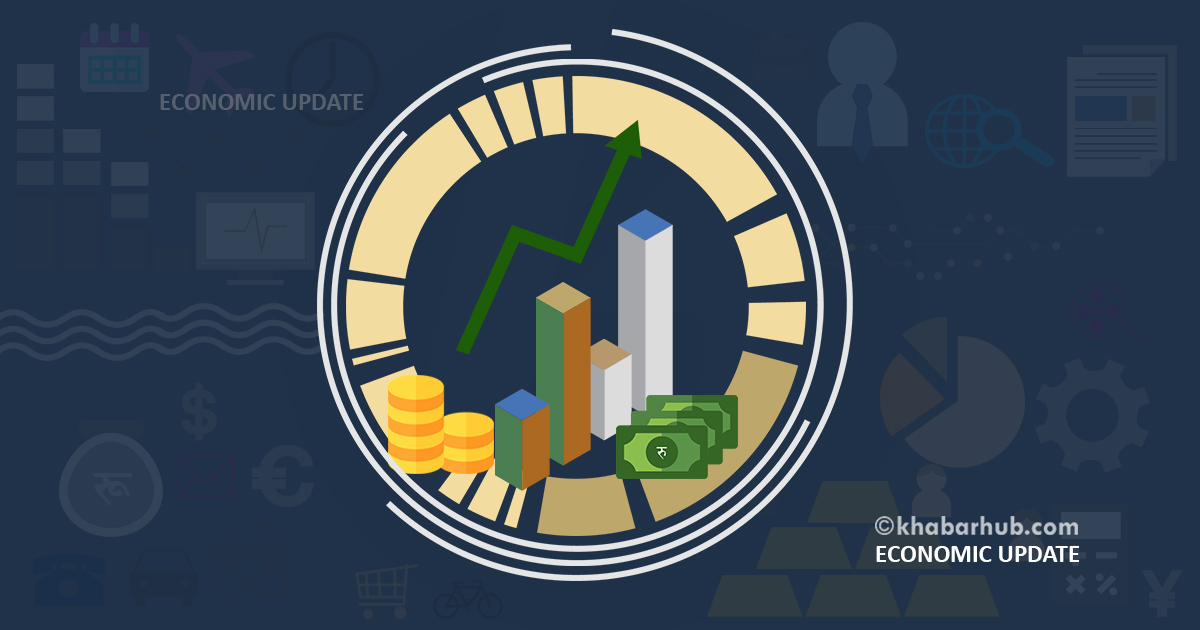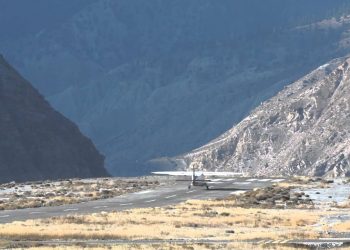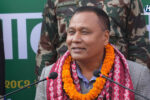KATHMANDU: Economic Digest offers a concise yet comprehensive overview of significant business happenings in Nepal, presented in easily digestible summaries.
NEPSE Index experiences minor 0.19% dip
The NEPSE Index experienced a minor decline of 0.19% on Thursday, closing at 2,755.62 points, a decrease of 5.29 points from the previous session.
This modest drop follows a significant gain of 64.25 points in the last trading day, which had lifted the index above the 2,700 mark.
The day’s trading began with the index at 2,772.24 points, fluctuating between a low of 2,742.53 and a high of 2,805.57 points before settling at its closing figure.
Trading activity was substantial, with 332 stocks involved in 229,813 transactions, resulting in a total volume of 51,321,629 shares and a turnover of Rs. 21.71 billion.
The market capitalization for the day reached Rs. 4.372 trillion, and the float market capitalization was Rs. 1.51 trillion.
Despite the slight decline in the index, the high turnover and trading volume indicate robust market activity and investor engagement.
Gold prices surge by Rs 1,600 per tola
On Thursday, gold prices had surged significantly in the domestic market, with fine gold increasing by Rs 1,600 per tola to reach Rs 149,400 per tola, while standard gold had also risen to Rs 148,700 per tola.
This represented a notable rise from Tuesday’s prices, which had been Rs 147,800 for fine gold and Rs 147,100 for standard gold.
This sharp escalation in gold prices suggested potential underlying factors affecting the market, such as changes in global economic conditions, fluctuations in currency values, or adjustments in demand and supply dynamics.
Meanwhile, silver prices had stabilized at Rs 1,800 per tola, indicating a contrast in the volatility between gold and silver markets.
Minister Khadka and World Bank Country Director, Sislen, hold meeting
Minister for Energy, Water Resources and Irrigation, Deepak Khadka, met with David Sislen, the World Bank’s Country Director for Nepal, on Thursday.
The meeting, held at the Energy Minister’s office, focused on the World Bank’s support for Nepal’s energy and irrigation sectors. Minister Khadka highlighted the need for World Bank assistance in building a transmission line for international power sales and emphasized the government’s goal of generating 28,000 MW of electricity within the next decade.
He expressed hope for the timely completion of the Upper Arun Hydropower Project, supported by the World Bank.
Sislen assured ongoing World Bank support and priority for energy and irrigation projects in Nepal.
Energy Minister consults with former energy Secretaries
Minister for Energy, Water Resources and Irrigation Deepak Khadka met with former secretaries of the Ministry to discuss the future development of the energy, water resources, and irrigation sectors.
Minister Khadka emphasized the importance of leveraging the former secretaries’ extensive experience to shape the Ministry’s future action plans.
He highlighted plans to amend outdated Acts, Regulations, and procedures to better support sector development.
Former Secretary Dinesh Ghimire recommended focusing on increasing domestic energy consumption and investing in reservoir-type projects for significant progress.
Former Secretary Anup Upadhyay advocated for creating a more investment-friendly environment and accelerating project completions to maximize benefits for the country.
Nepal achieves record paddy transplantation rate amidst monsoon rains
Despite the monsoon’s devastation, Nepal has achieved one of its fastest paddy transplantation rates in decades, thanks to above-average rainfall.
As of Wednesday, the Department of Agriculture reported a 96 percent transplantation rate, a notable increase from last year’s 78 percent.
The abundant rains have particularly benefited Madhesh Province, which has seen its rate jump to 92 percent, surpassing previous averages and outpacing neighboring regions.
This rapid transplantation is expected to boost productivity and could lead to a significant paddy harvest if favorable conditions continue. However, experts caution about potential issues such as urea overuse, which could impact nutrient balance and crop health.
Foreign tourist arrivals increase by 21 percent in seven months
In the first seven months of 2024, foreign tourist arrivals in Nepal increased by 21.22 percent, with 647,615 visitors compared to 534,207 during the same period in 2023.
Monthly figures show a steady rise in arrivals, peaking in March with 128,000 tourists and a notable 12 percent month-over-month increase in July, which saw 64,599 visitors.
Compared to July 2023, this represents an 11.9 percent rise, reflecting a strong rebound from the pandemic’s impact, as July 2022 had 44,462 tourists and July 2020 only 196.
(Compiled and prepared by Srija Khanal)
Economic Digest is a daily morning economic digest, basically relatable summations of the most important business news, and happenings from Nepal into easy-to-understand summaries.









Comment